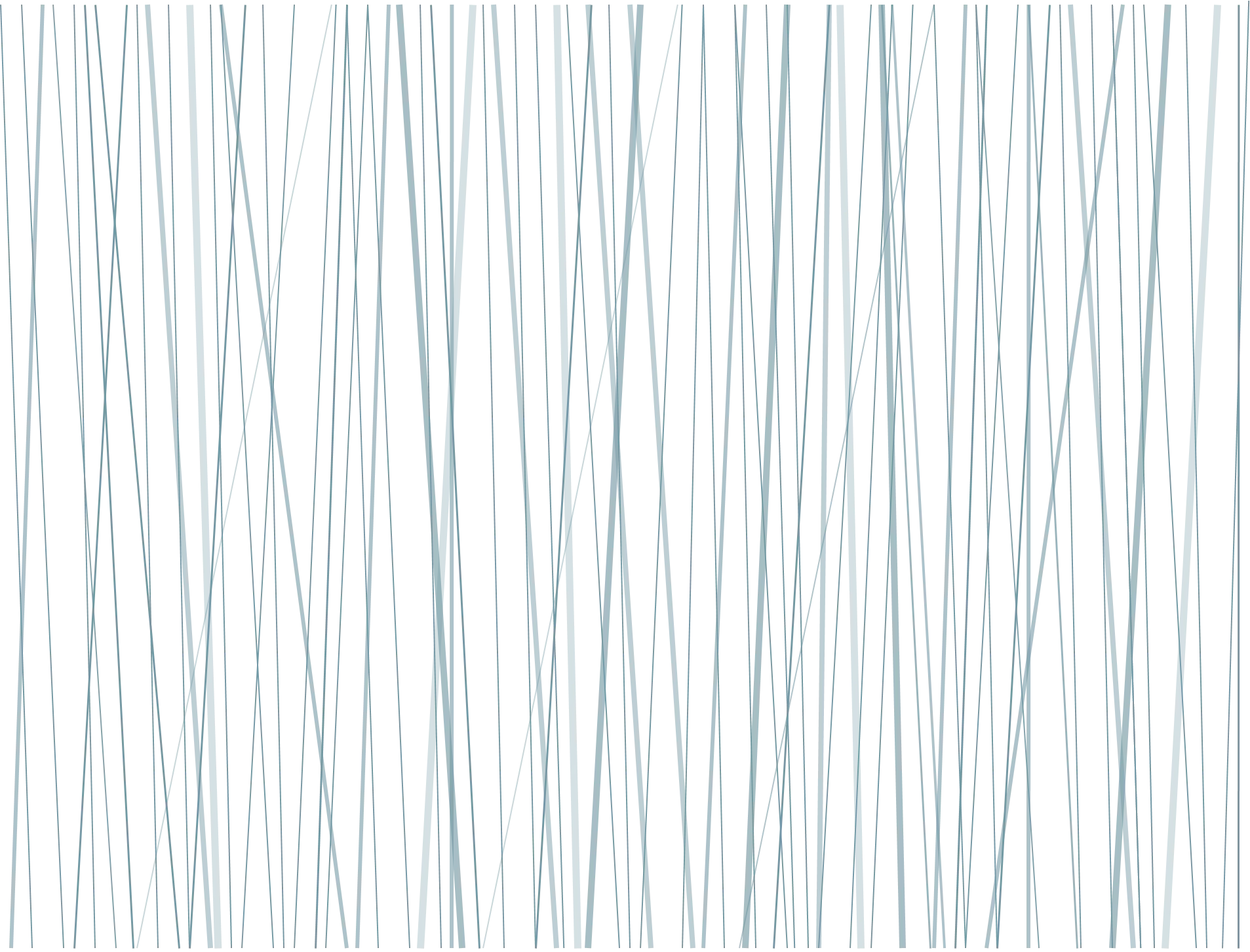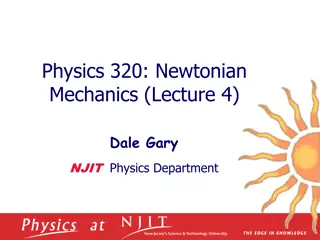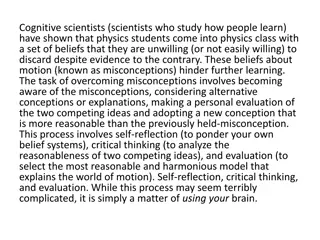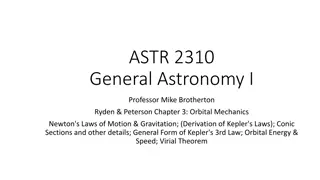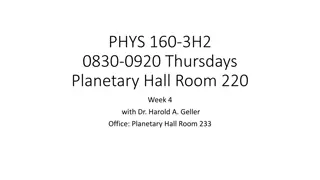Understanding Newton's Third Law of Motion
Chapter 7 delves into Newton's Third Law, stating that every force has an equal and opposite force. The law describes the relationship between forces in an interaction - one force being the action force and the other the reaction force. These forces are equal in strength, opposite in direction, and occur simultaneously in pairs. Various examples are provided to illustrate this law, such as pushing against a wall, driving nails with a hammer, and interactions with the floor, road, water, and even jumping on a boat. Understanding this law helps comprehend the balanced nature of forces in the physical world.
Download Presentation

Please find below an Image/Link to download the presentation.
The content on the website is provided AS IS for your information and personal use only. It may not be sold, licensed, or shared on other websites without obtaining consent from the author. Download presentation by click this link. If you encounter any issues during the download, it is possible that the publisher has removed the file from their server.
E N D
Presentation Transcript
For every force, there is an equal and opposite force. Chapter 7: Newton s 3rdLaw
7.1 Forces and Interactions When you push on the wall, the wall pushes on you.
7.1 Forces and Interactions The interaction that drives the nail is the same as the one that halts the hammer.
7.2 Newtons 3rdLaw Newton s third law states that whenever one object exerts a force on a second object, the second object exerts an equal and opposite force on the first object.
7.2 Newtons Third Law Newton s third law describes the relationship between two forces in an interaction. One force is called the action force. The other force is called the reaction force. Neither force exists without the other. They are equal in strength and opposite in direction. They occur at the same time (simultaneously).
7.2 Newtons Third Law Newton s third law is often stated: To every action there is an equal opposite reaction. It doesn t matter which force we call action and which we call reaction.
7.2 Newtons Third Law In every interaction, the forces always occur in pairs. You push against the floor, and the floor simultaneously pushes against you. The tires push against the road, and the road simultaneously pushes back on the tires. When swimming, you push the water backward, and the water pushes you forward.
7.2 Newtons Third Law When the girl jumps to shore, the boat moves backward.
7.2 Newtons Third Law The dog wags the tail and the tail wags the dog.

 undefined
undefined